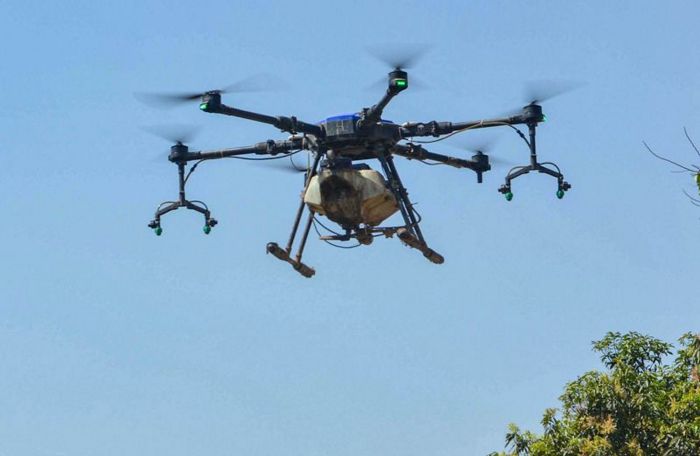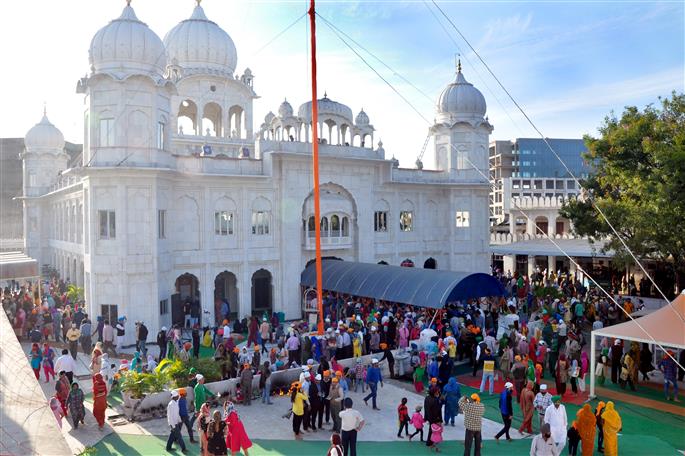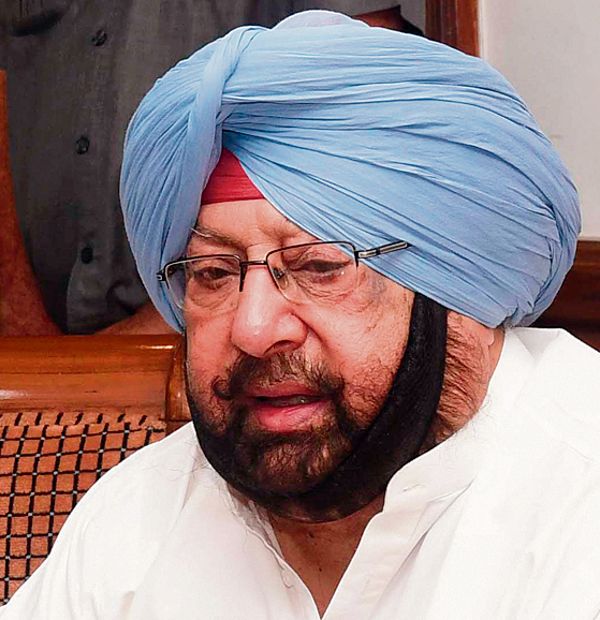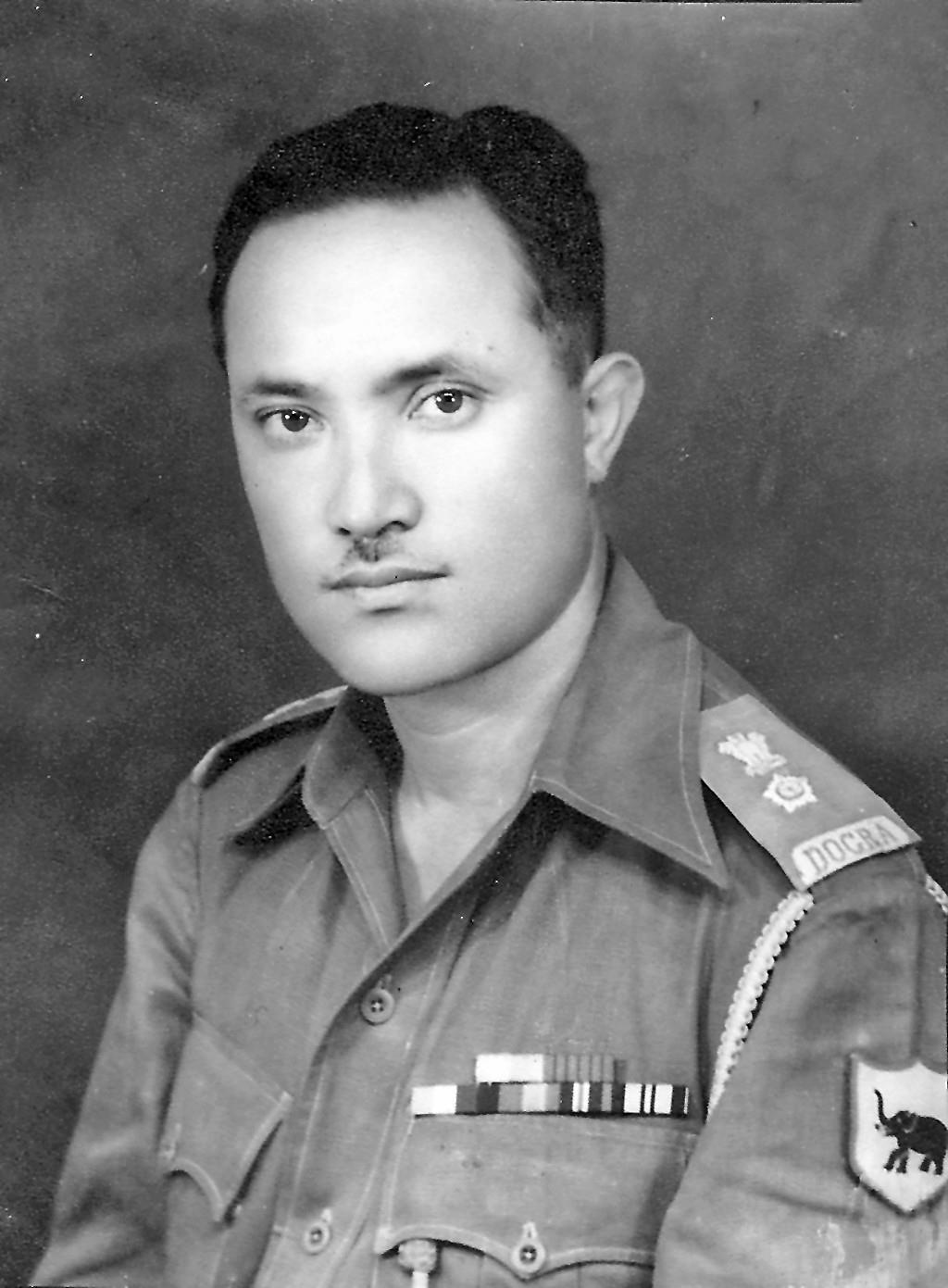From fighting financial stress, loneliness, homesickness and academic pressures to handling racial abuses to adjusting to life in a different culture, each day is a new battle for international students

Seema Sachdeva
The small city of North Bay in northeastern Ontario was in the news lately for all the wrong reasons. Nearly 300 international students, who had taken admission in various courses in the September/fall intake at Canadore College and Nipissing University, which share the same campus, were left homeless after the educational institutions expressed their inability to provide accommodation. All the excitement of studying in Canada turned into a shock as the students, mostly from Punjab, came face to face with the housing crisis. The limited accommodation in the area saw rentals shooting off the roof. While some students managed to find rental spaces at sky-high prices, many resorted to sleeping in the open, in tents, at bus terminals, or in cars. Some travelled from Toronto, 300 km from the city, leaving a big hole in their pockets.

As the country deals with high inflation and a housing crisis, students from India, most of them from Punjab, are the worst hit. False promises by consultants are only adding to woes
Pleadings, requests and finally protests by the students, in which they were supported by the Montreal Youth Student Organization (MYSO), helped as the authorities gave in to their demands like full fee refund and arranging for affordable accommodation. Meanwhile, the Immigration, Refugees and Citizenship Canada (IRCC) has extended the transition period for distance learning.

In a statement, it said: “Until December 31, 2023, the time you spend studying online from within Canada still counts toward the length of your PGWP (post-graduate work permit). Starting January 1, 2024, you must complete 50 per cent of your programme in-class in Canada.”
With this flicker of hope, international students have got a breather for the time being. They, however, do realise that all is not well in this wonderland, which most of them want to make their home.

A few months back, a TikTok video went viral in which an Indian student of Conestoga College in Kitchener, Ontario, was found sleeping under a bridge. He had a small bag of belongings, including a blanket, and some food. Another trending video on YouTube showed hundreds of students queueing up to apply for five vacancies at a job fair at a supermarket in Brampton.
From fighting financial stress, loneliness, homesickness and academic pressures to handling racial abuses to adjusting to life in a different culture, each day is a new battle for international students, who pay up to five times the cost of domestic students.
Says youth activist Mandeep, convener of MYSO, “The problem is that the education consultants in India are only concerned about the commissions the colleges offer them per student. A recent data of a local college revealed that from $561 in 2016-17, the agent partner’s commission per student had increased to $3,399 in 2020-21. Often, the agents don’t show the true picture to parents and their families and they are clueless about the life that lies ahead for them.”
Says Rishi Nagar, former senator, University of Calgary, “Often, parents rely blindly on an agent when sending their children without checking how their child will manage. For instance, a lot of students take admission in Olds College, which offers agriculture-related courses. The agents tell them it is very close to Calgary but parents need to be aware that it is a very small village and there is limited rental accommodation available there. There is no direct bus service and children will have to rely on taxi service if they don’t get local accommodation.”
While reality hits these students hard once they reach Canada, often the parents remain clueless about even the courses that their children have taken admission in. Harjit Singh (53) of Fatehpur village near Chamkaur Sahib is one such harried parent. His daughter Arshdeep Kaur had got admission at Nipissing University in a two-year post-baccalaureate certificate in general management. But when Arshdeep reached Canada in August-end, she found out that there was no rental accommodation available near her college. “We can only trust the agent when he assures us that the university has proper accommodation facility. At that time, they say, ‘Tussi fikar na karo… Uthhe badian maujan ne. Te assin baithe aa je koi problem aandi hai’ (Don’t worry, it’s all good there. And we are here to take care if any problem arises).” But when my daughter was unable to find accommodation, he expressed helplessness,” says Harjit, who then took to social media to raise the issue. Worried about his daughter’s safety, he remained in depression for many days, and even had to be hospitalised. He was finally able to shift his daughter’s college to one in Toronto, where there are better housing facilities and job opportunities. “We took a huge loan to send our daughter. We have spent more than Rs 8-9 lakh, besides other expenses. I do not know how long will it take for the refund to come,” says Harjit, who works in the electricity department.
Avneet Kaur, another student from Nipissing University, suffered a similar fate when she landed in Canada this session. “An old student of Canadore College is helping us stay in her house. With the latest directions from the IRCC, the accommodation issue will be sorted out soon, but there are very limited job opportunities in the area. This will affect our prospects once we need to show the adequate number of work hours to apply for permanent residency,” she says.
Agrees Canadore College student Varun Khanna of Jagraon, who got accommodation at $1,450 for 15 days. “I had come to Canada with very high hopes but when I arrived here, the college initially refused to entertain us. We felt unwanted. This was not the Canada I’d imagined in the wildest of my dreams. For my admission, we had to dig into the family’s savings and took a massive study loan.”
Besides the housing crisis and rising rental costs all over Canada, rental scams are adding to the woes of students, says Samrathjit Sandhu, who is studying in third-year computer science at University of Alberta, Edmonton. “My friend was recently scammed by a woman who’d sub-leased her apartment for four months and took an advance of $1,900 for two months. A day before he was to move to the apartment, he received an email mentioning that the lease was illegal. He’s been paid half of the security amount by the administration,” says Samrath. “When I came here, I paid $600 per month for a furnished room. Today it would cost me $760. Even basic groceries have taken a hit. Job opportunities, too, have come down drastically. Landing minimum wage job is becoming tough since you need a referral, which is not easy for international students.”
Agrees Stuti Sharma of Kullu, a student of Humber College in Brampton. She came to Canada last July. “Within six months, the rent for a basement room with no window has increased from $500 to $650 a month. Even public transport has become costlier. The Presto Transit Card which was available for $3.50 now costs $4.50. The free transit period after tapping the card too has come down from 2 hours to 1.5 hours. The cost of living has gone up and there are hardly any jobs,” says Stuti, who has been unemployed for the past two months. “I have covered every part of Brampton looking for a job. Even if stores need manpower, they are not hiring people. My GIC (Guaranteed Investment Certificate) is on the verge of completely depleting. I have asked my family back home in India to send money.”
It is not just the students who have been affected by the increasing rentals in Canada, says Rakesh Kumar Rhythm, who lives in Surrey, Vancouver. “The rising interest rates have been responsible for the housing crisis. The variable interest rate on home loans has gone up from 1.45 per cent to nearly 7 per cent over the past two years. Two years back, a two-bedroom basement would cost $1,200/month. The same costs $2,000 today.”
Inflation has been rising in most sectors and across all provinces and territories in Canada. From April 2021 to April 2022, the Canadian Consumer Price Index (CPI) showed an increase of 6.8 per cent. Prices for groceries continue to increase, with Canadians paying 9.7 per cent more for food purchases between April 2021 and April 2022, representing the largest increase since September 1981.
IP Arora has been living in Canada for the past 20 years. He gets to interact with a number of students since he drives an Uber in the Brampton area, which is a hub of international students. Says IP, “Life for international students is extremely tough. Most employers are keen on a 40-hour work schedule while the students are allowed only 20, though the government is considering increasing the number of hours. To survive, many students often work on cash, where they are at the mercy of the employer.”
New students are much more vulnerable since they are not aware of their rights, says Garhshankar’s Bikram Singh Kullewal, whose Brampton-based organisation Naujawan Support Network has been helping students fight exploitation at the workplace. “Even though it is mandatory for employers in every province to provide minimum wages of $14 per hour as per the Social Insurance Number (SIN), often they delay the payments. Many times, they even declare bankruptcy to avoid paying salaries.”
Toronto-based news producer Shameel has been living in Canada for the past 16 years. “Getting a permanent residency is the prime target of most students, who are often painted a rosy picture back home. The job market crisis and high inflation are not leaving anyone untouched. Due to easy availability of drugs and weapons, there has been an increase in crime. Every day, 20 car thefts are taking place here. While earlier these were attributed to Black students, today it is Indian students who are being held responsible.”
Mental health remains a much neglected aspect. “Loneliness, homesickness, and no community help strike you the most since you are totally on your own,” says Montreal-based student Ria Takkar, who belongs to Makhu near Moga. “For Indian teenagers who are used to a close-knit family setup, this is a huge cultural shift.”
Increasing drug abuse among students here has been attributed to high stress levels. “Many Punjabis send their children to Canada fearing that if they stay in India, they might get addicted to drugs,” says Brampton-based Gagandeep Singh from Patiala. “But drugs like chitta are easily available here and their families are not around to check them,” he adds.
Hard drugs are legal in many provinces like British Columbia. Personal possession of 2.5 gm of hard drugs like cocaine, heroin, fentanyl and morphine has been decriminalised to reduce deaths due to drug abuse.
Agam Singh from Delhi is studying computer science at University of Manitoba, Winnipeg. “It takes a while to get used to the cold weather. It snows nearly six months a year.” He says that there are very few people of Indian origin in the area. “These are predominantly white areas. Racial bias is evident in the job market. It took me six to seven months to find work.” He adds that in downtown areas, incidents of robbing, stabbings and racial slurs are not uncommon.
The present crisis in rental space as well as trucking industry, besides the high cost of living, has led to criticism of government policies, particularly the student visa programme. “The local labour market gets affected when parents of children who come here work illegally on cash,” says Nagar. Former immigration minister Sean Frazer, who is now housing minister, recently hinted at a cap on the number of international students.
The problem, says Ramanjit Singh Sidhu, a Calgary-based news analyst, is that everyone is selling only the success stories. “No one is talking about the real problems. Once the students reach Canada, they understand that the grass is not all green.”
Figures speak for themselves
- At the end of 2022, Canada’s foreign enrolment reached a record high of nearly 8,08,000, a 170 per cent growth over the past decade.
- Indian students account for nearly four out of every 10 foreign students.
- As per IRCC report, international students contribute more than $22.3 billion per year to the Canadian economy. The amount is greater than export of auto parts, lumber or aircraft.
- The data issued by the office of the Auditor General of Ontario made the following observations: Between 2012-13 and 2020-21, domestic enrolments declined by 15 per cent, while international enrolments grew by 342 per cent, with 62 per cent of students coming from India.
- Public colleges increasingly rely on tuition fees from international students to remain financially sustainable. In 2020-21, across Ontario, 68 per cent of all tuition fee revenue came from international students, a total of $1.7 billion.
- International students pay an average of $14,306 in annual tuition fees compared to an average domestic fee of $3,228. International student enrolment represented 30 per cent of the total enrolment.
- The recent IRCC report mentioned an astonishing 31 per cent year-over-year growth rate for Canadian institutions and schools.







































































